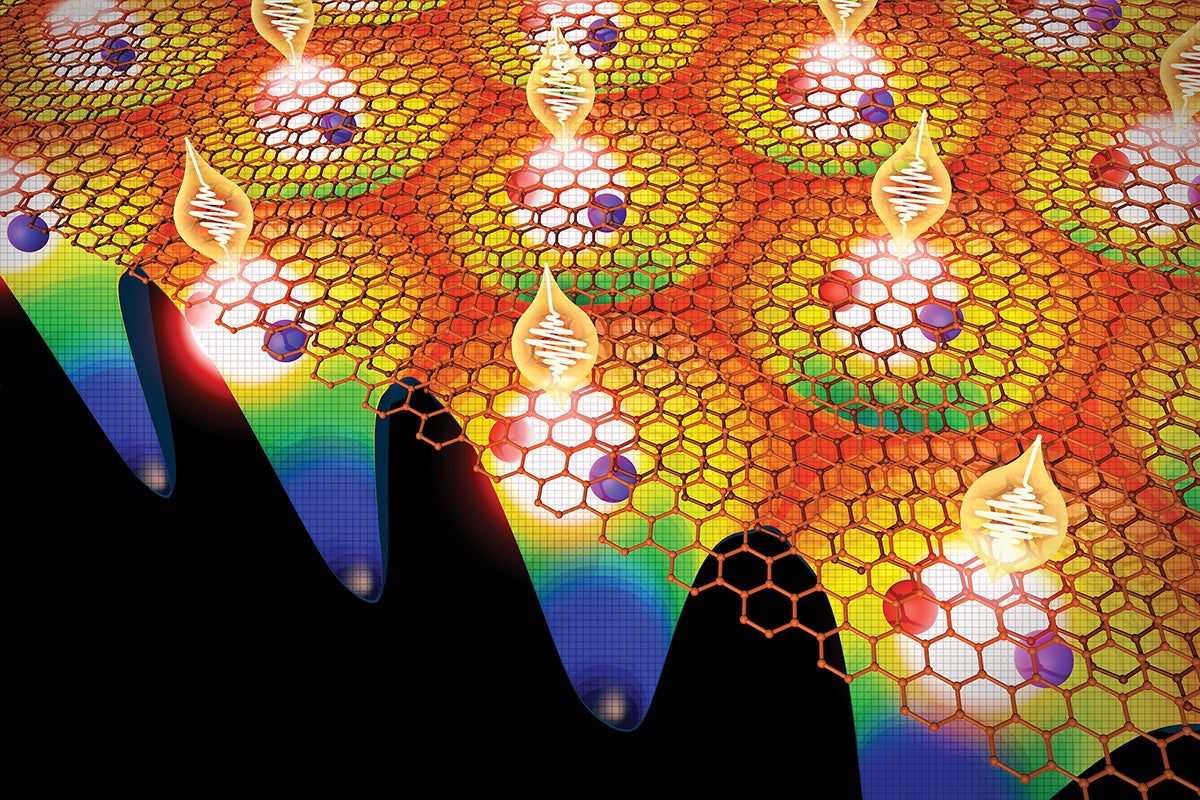When Good RNA Turns Bad
Biophysicist Dave Thirumalai and his team developed a computer model that helps explain how certain kinds of RNA molecules can clump together in a way that is correlated with neurological disorders
RNAs are molecules that carry genetic information and control and regulate virtually all processes in our cells. Though RNA is vital, certain kinds can clump together in a way that is correlated with neurological disorders such as amyotrophic lateral sclerosis (ALS) and Huntington's disease. Biophysicist Dave Thirumalai, Collie-Welch Regents Chair in Chemistry at The University of Texas at Austin, and his team now have developed a computer model that helps explain how this occurs.
Previous experiments showed that when RNAs contain the same short genetic sequence (for example, CAG) repeated more than about 31 times, the RNAs clump together in liquid droplets and cause disease. But so far, scientists have had a hard time understanding how droplets form and why they have the features they do.
In a new video from the research team, simulated strands of long repeat RNA floating around inside our cells occasionally bump into each other and stick together. Over time, small clumps of RNA grow into larger clumps, called liquid droplets. While each RNA strand contains the same genetic sequence, the strands are shown in a variety of colors to make them easier to distinguish. The simulation reveals that when long repeat RNAs clump together, they change from being folded in half like a hairpin to more extended shapes. Also, as a droplet grows, the RNAs become increasingly pinned down by their neighbors, especially along the outer surface of the droplet.
"The dynamics of RNA molecules is significantly slowed down in the droplets, and their movement is reminiscent of snake-like slithering," said Hung Nguyen, postdoctoral fellow in Thirumalai's lab and first author of a study published this week in the journal Nature Chemistry. "The hypothesis here is that these RNA liquid droplets could disrupt normal cellular functions by sequestering various RNA binding proteins, which are critical for important biological functions such as making enzymes and regulating gene expression."
This is the first simulation to reveal the microscopic mechanisms of the formation of liquid droplets of repeat RNAs. In their simulations, shorter repeat RNAs (those with about 20 repeats) do not form liquid droplets, which is consistent with past in vitro experiments.
The researchers used the computing resources of the Texas Advanced Computing Center (TACC) to run their simulations. The video was generated by Anne Bowen at TACC's Visualization Laboratory.
Thirumalai is the study's corresponding author. The other co-author is Naoto Hori, a research fellow in the School of Pharmacy at the University of Nottingham.
Funding was provided by the National Science Foundation and the Welch Foundation.


